Steampunked, That Is
This past week we launched both of our Steampunk game piece sets, and we love how they all turned out!
First came Settlers of Catan, with airships for the cities, roadsters for the settlements, and rows of gears for the roads.
There’s also a robber with a steampunk goggle hat!
Next was Ticket to Ride, which used the same roadsters for the trains, and includes a steampunk goggle hat for the scoring marker.
Overcoming Challenges
One challenge that is omnipresent in 3D printing is the difficulty of printing overhangs. Since the plastic is laid down in layers, each layer needs to have something below it to hold it in place. Otherwise the printer is extruding soft melted plastic into air, and it has nothing to stick to and hold its shape while it cools and solidifies. You can get away with very small projections, but anything beyond a 45° angle, or projecting more than a millimeter or two, will fail without support. There are ways to print temporary supports which can later be removed, but that tends to leave a messy surface where the support structure breaks away, and requires a lot of effort to clean up afterwards.
All of this means that printing the airships with noses and tails sticking out from the undercarriage was simply not feasible without added support. Or coming up with a whole new approach.
I decided to tip them nose up, so the tail would be printed first, then on up through the body to the nose. That let the tail fins support the rest of it as it printed, reducing the overhangs to something the printer could handle.
Printing Multiples
One of the advantages of having a printer with a large print bed is that I can print multiple items at once. It would take a ridiculous amount of manual effort if I had to print an entire Ticket to Ride set (48 trains and a scoring marker) one piece at a time!
Here’s a full set of standard Ticket to Ride pieces printing all together.
But there’s a risk to doing that. Having that many separate pieces on the print bed means the print nozzle needs to jump from piece to piece MANY times while printing the dozens of individual layers. And each such jump incurs a tiny chance that the nozzle will bump a partially finished piece, knocking it loose from the print bed and putting it out of position. And when that happens, the entire print job is usually ruined.
First, the loose piece tends to get pushed into others, knocking them loose as well. Second, the filament that’s extruded trying to print onto the failed pieces ends up sticking to other nearby pieces, ruining them and adding extra projections that in turn are more likely to be struck by the moving nozzle.
Here’s an example of one such failed meeple print.
And a failed Catan print.
Fortunately, I’ve got my printer configured now so that while it still happens from time to time, it usually works smoothly for straightforward prints like Standard Ticket to Ride and Catan sets.
What if it Still Won’t Work?
With more complex geometry, like our latest Steampunk pieces, this kind of problem happens more frequently. Sometimes I can correct it by simplifying the geometry of the model, which I did for every Steampunk game piece. But when that still isn’t enough and I can’t make it work the way I want, sometimes the only solution is to print fewer pieces at once. This reduces the chance of a problem, and also decreases the impact when a problem does occur, because instead of ruining a whole set, it only ruins a few pieces.
For the Steampunk pieces, the roadster proved the most problematic. (Which was particularly annoying, since it’s used in both the Catan and Ticket to Ride sets.) In the end I had to print most of them in groups of 8 or even 4, which makes producing them that much more time consuming. But they still look great, and it’ll be worth it if players like them even half as much as I do!
Increased Capacity
Fortunately, all of the resulting production delays have been more than offset by the arrival of our new printer!
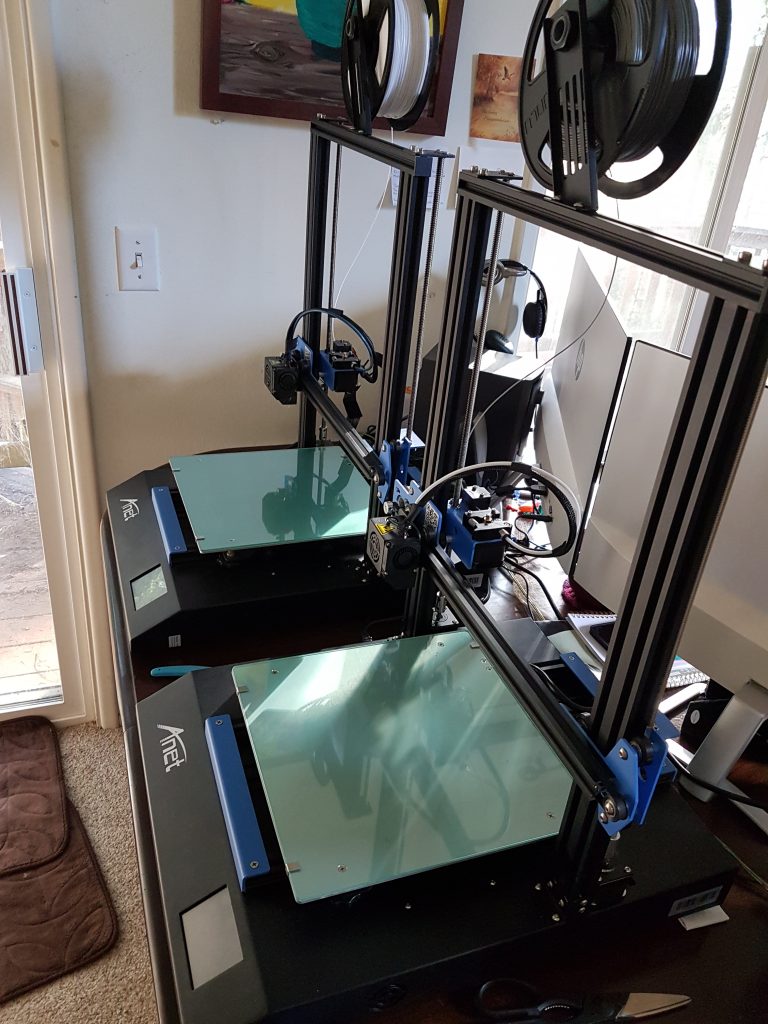
As I mentioned last week, we chose to get a second Anet ET5X. Setting it up was not without its problems, but all in all it went way smoother than the first one, since I now have a much better understanding of how they work. Having the two of them running side by side makes us feel even more like a professional 3D printing shop!
A Change of Pace
Our current design work is taking us in a bit of a different direction. New game piece sets will be coming before long, but right now our focus is a special request by someone who wants a funky new set of keys for an electronic keyboard. Come back next week to see how this fun new project is progressing!
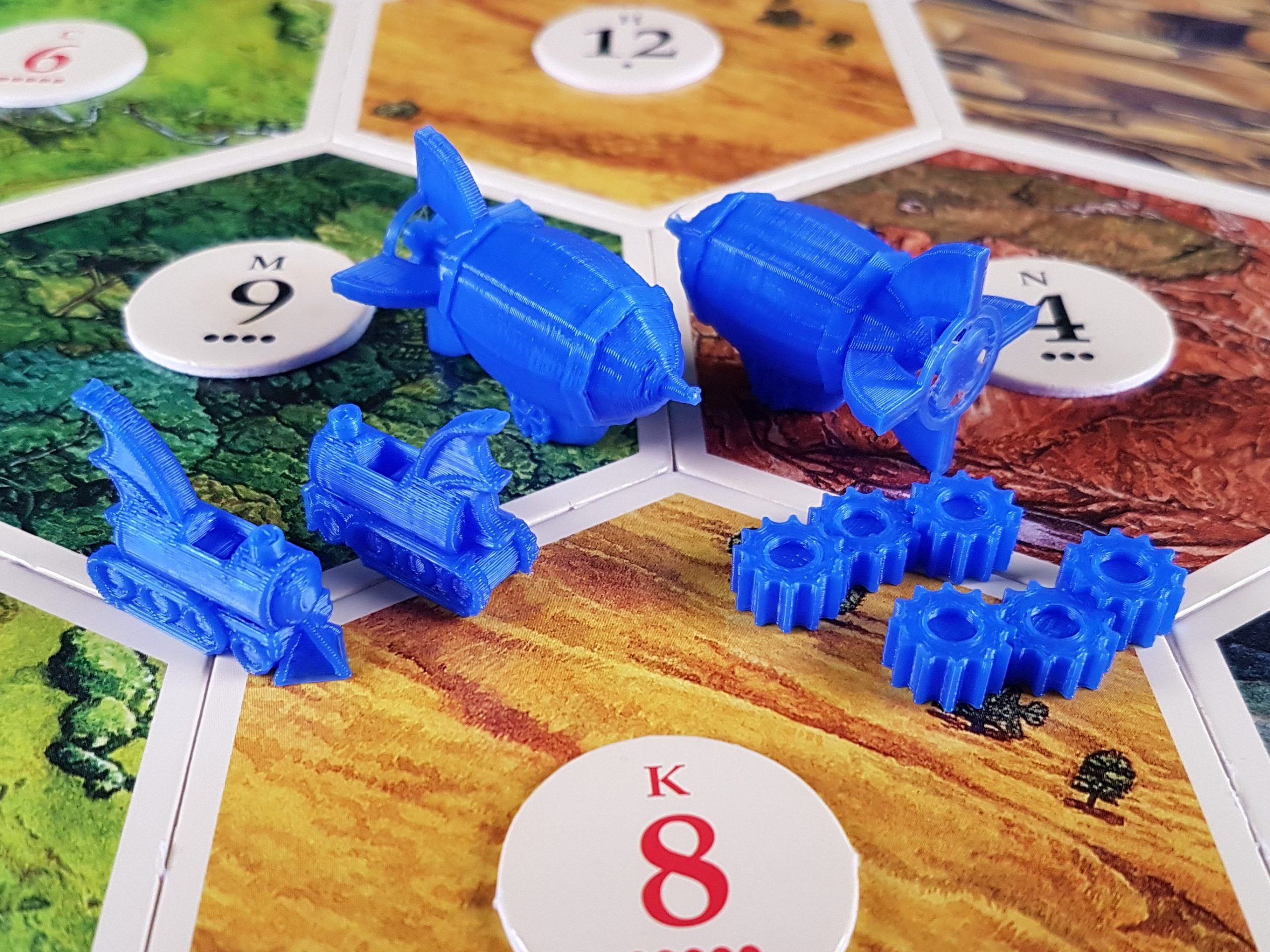

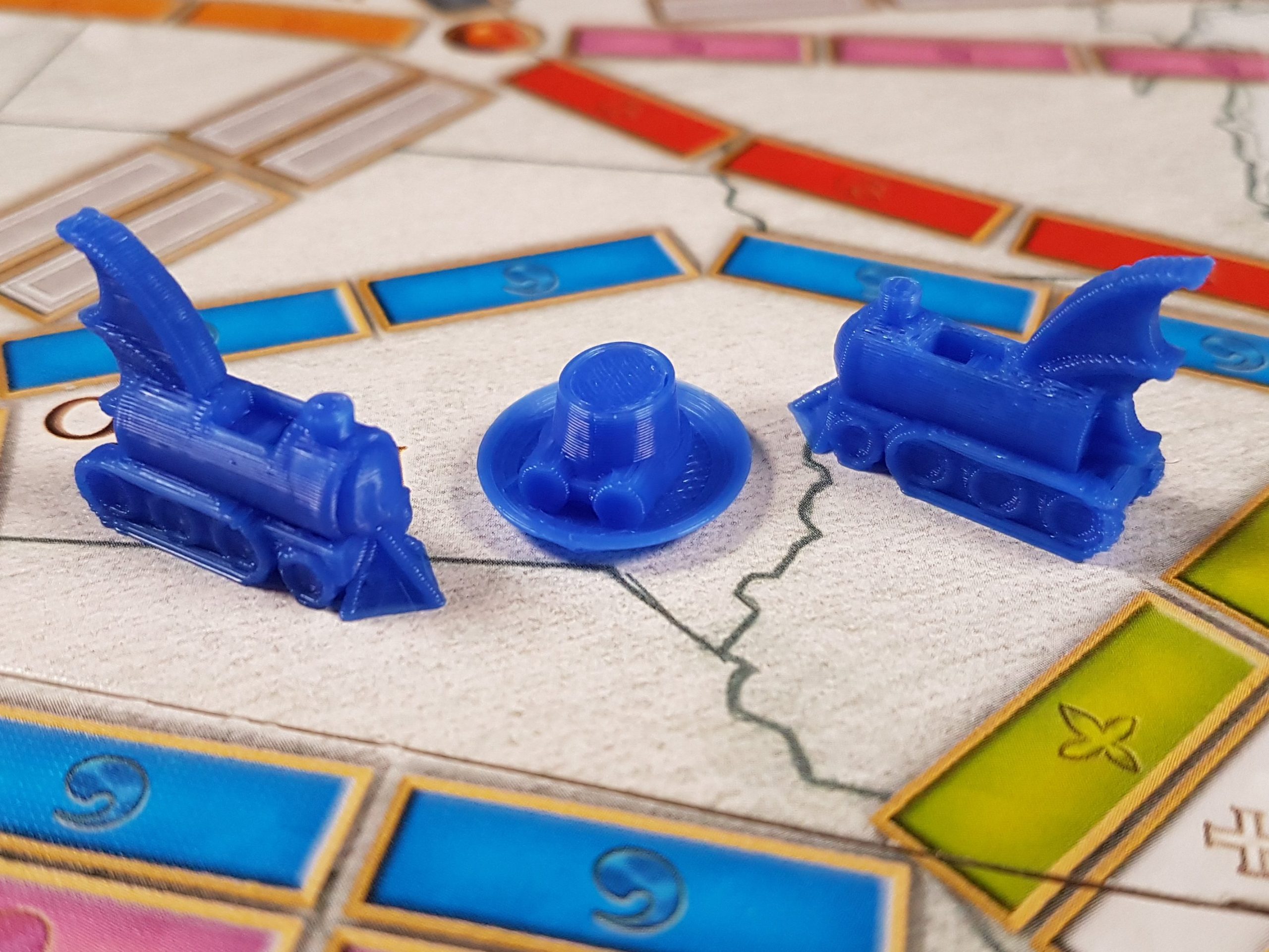
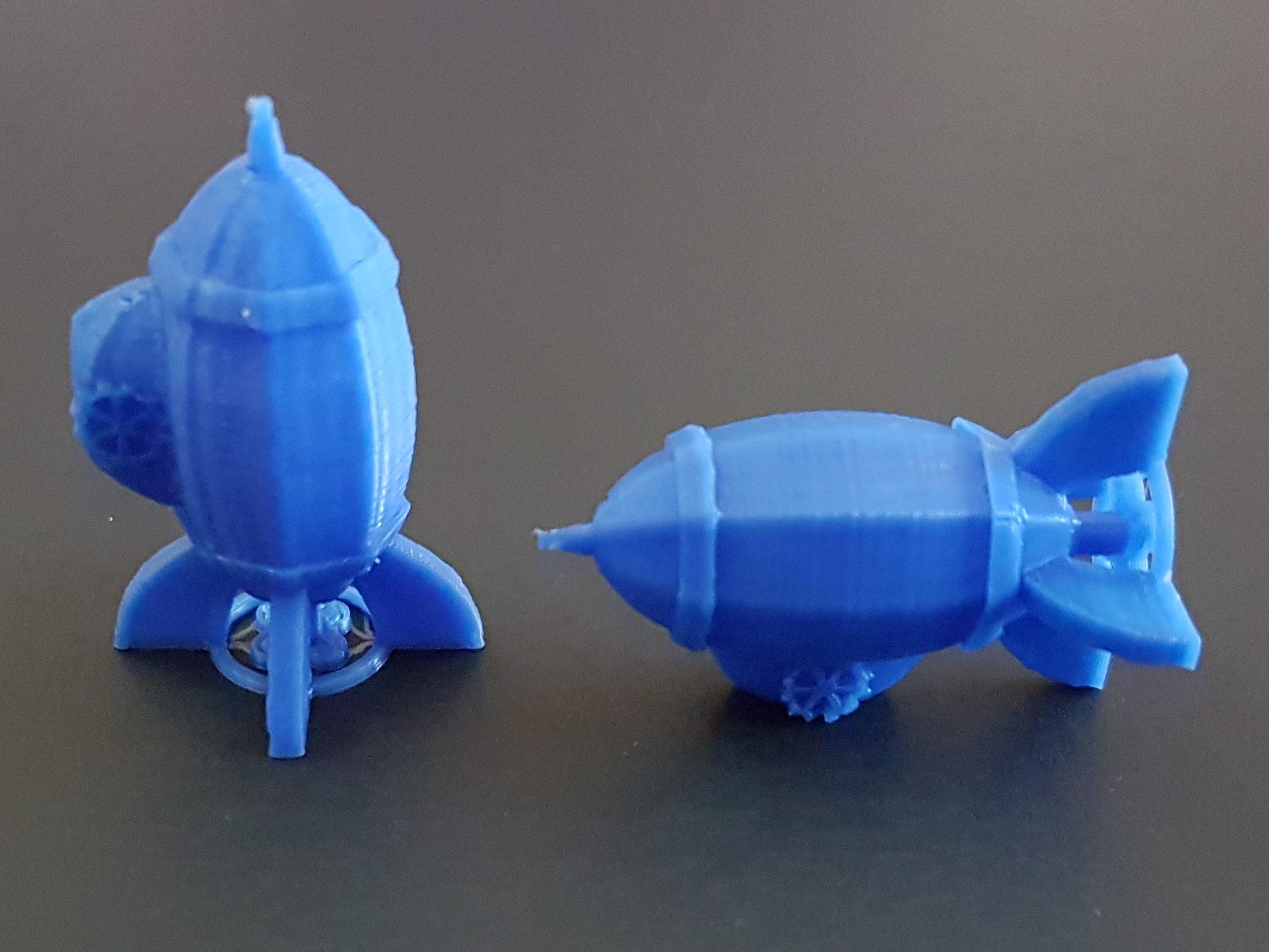
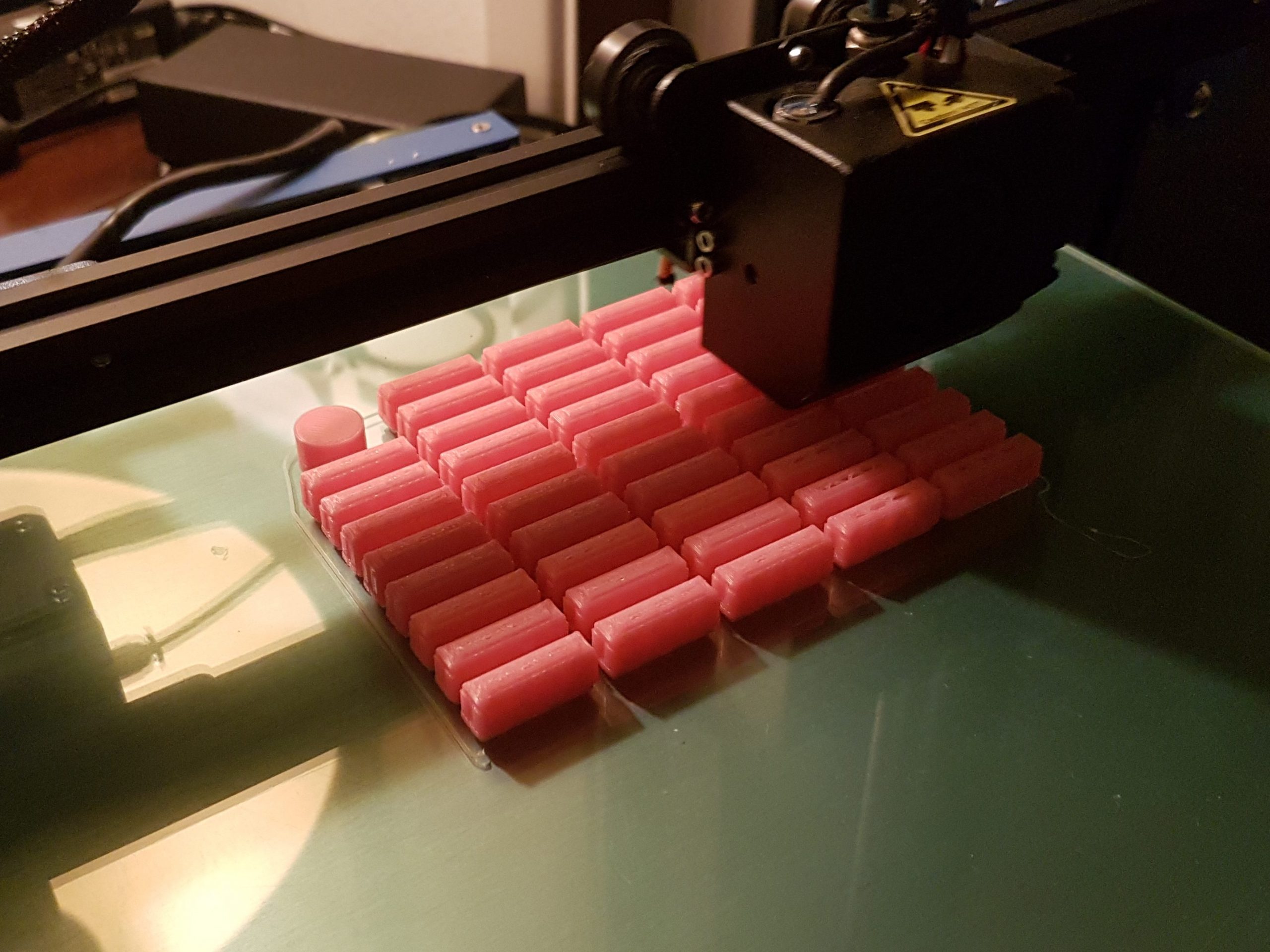
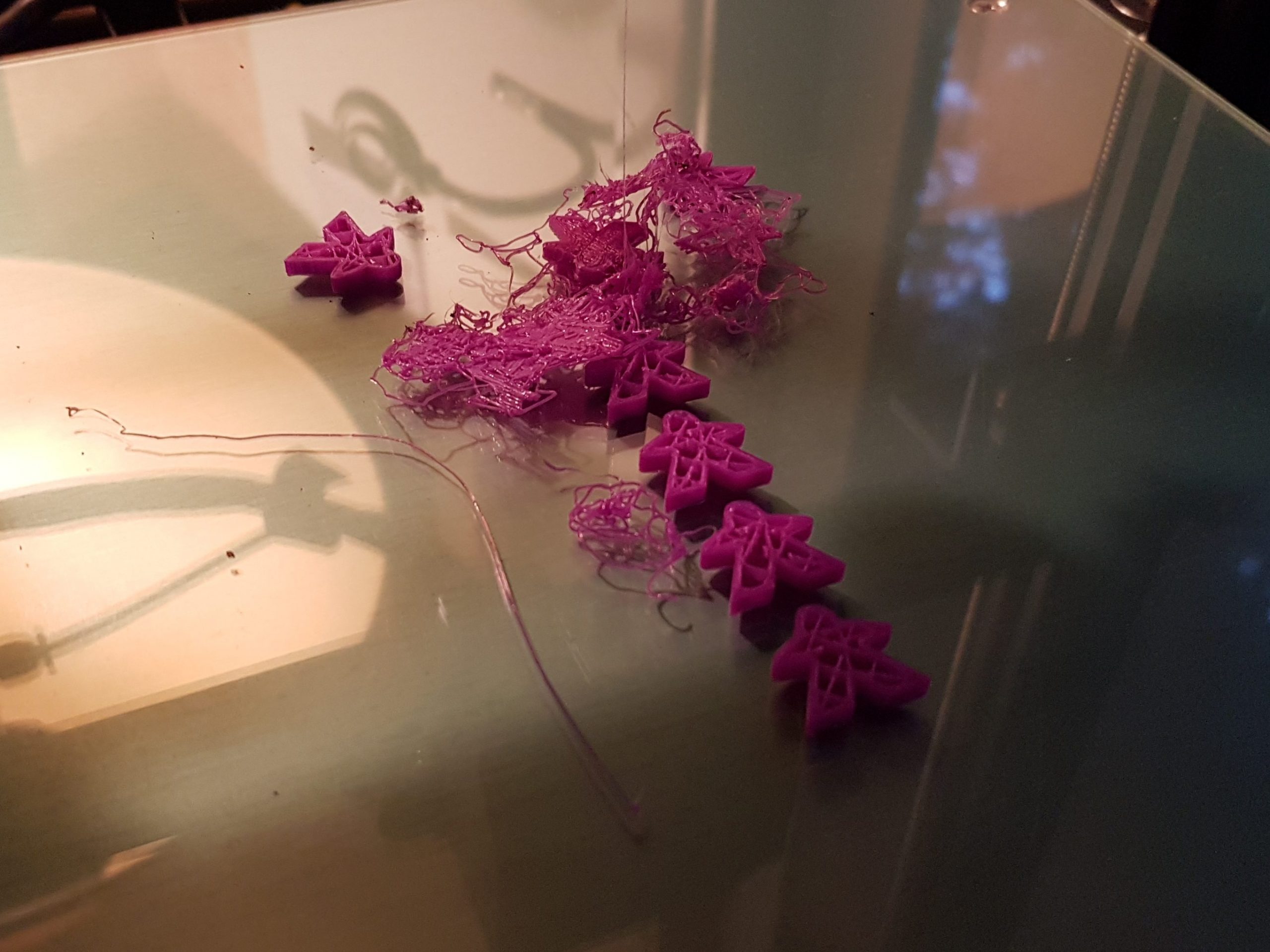

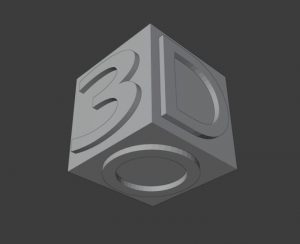
Leave a Reply